Project Manager Reveals PCB Substrate Sampling Results and Updates BCOC on ReEnvisioning Budget
March 22, 2021
The BSD Building Construction Oversight Committee (BCOC) met Thursday, March 18 to discuss results from Polychlorinated Biphenyl (PCB) substrate sampling conducted on the concrete flooring structure of several BHS buildings. Tom Peterson, of Peterson Consulting, head of BCOC and the BHS ReEnvisioning project manager, also updated the Committee on the project budget. The Committee approved a motion to present the new budget to the Burlington School Board at their next meeting on Tuesday, April 13.
The PCB substrate sampling was conducted to measure the depth at which the chemicals penetrated the school’s structure. The results are still being analyzed by specialists. Peterson reported that early analysis indicates some of the concrete slabs making up the flooring will need to be ground down to a safe level, which could be anywhere from ¼ to ¾ of an inch. BSD Director of Finance, Nathan Lavery, acknowledged the disappointing nature of these results.
“I’m still waiting for that test that comes back that says ‘there’s nothing here,’” he said.
Additional substrate and soil testing will be conducted in the future. For the soil testing, the district has to wait for the ground to thaw. Results from these tests will inform the district’s PCB pilot project, which will include three levels of PCB testing. The goal is for the project to be completed by August. At that point, the district will decide how to proceed with mitigation. Lavery pointed out the possible outcomes.
“If we learn that our planned renovations are likely to completely resolve the PCB air issues, then that will be great news,” Lavery said. “But if that’s not the case, then we’re going to have to be prepared for that conversation.”
While waiting for the final verdict in August, the district will begin formulating plans for all foreseeable outcomes. “I, and some other folks, would love to do some fundraising for that auxiliary gym but, the irony now is, how can we fundraise for a building that is still in question?” — Commissioner Martine Guilick
“We’d like to prepare ourselves to say if the results are X, what will we be prepared to do?” BSD Director of Property Services, Marty Spaulding said. “Given the fact that we won’t have a lot of time available [in August] to make that decision [about how to proceed].”
The Committee then discussed value management for the BHS ReEnvisioning project budget in preparation for contractors to bid on the contract for the project.
Voters initially approved a $70 million bond for the ReEnvisioning project in November 2018. The original plan involved demolishing two of the high school’s wings and renovating the main building. The hope was to break ground in Spring of 2020. However, several obstacles derailed that timeline, including design plans coming in at $21 million over the original estimated bond, and more recently, the discovery of toxic levels of PCBs throughout BHS.
The value management plan focuses on ways to reduce spending and puts the district within their allotted budget. Much of the discussion revolved around the proposed auxiliary gym.
Peterson proposed listing the auxiliary gym as a bid alternate on the budget plans. This will allow contractors to bid on the contract for constructing the gym, but will not commit the district to anything until after the bids come in. Current estimates project the gym to cost $2.94 million, which the district can not afford. However, these costs will not be finalized until bidding is finished. Commissioner Martine Guilick (Ward 4) said there is a desire in the community to raise new funding.
“I, and some other folks, would love to do some fundraising for that auxiliary gym,” Guilick said. “But the irony now is, how can we fundraise for a building that is still in question?”
A new stormwater management system, designed to support the new gym, is still included in the BHS ReEnvisioning design plans. Kate Stein, a committee member, questioned if, without the gym, the new system would be larger than necessary and therefore not cost effective.
“We went through the exercise of doing some cost saving measures,” Spaulding replied. “…And honestly, we were probably going to absorb most of the savings in reducing the size of the wetlands, in having to redesign the wetlands that have already been designed.”
The plans for the new stormwater management system exceed the State’s current requirements. However, the plans anticipate the State’s implementation of the “three acre” rule. The rule requires landowners with more than three acres of “impervious surfaces,” such as parking lots or driveways, to develop ways to remove pollutants from their properties’ water runoff before the pollutants enter the lake. Spaulding provided an explanation for the District’s far-seeing plans.
“This project has a storm water system designed to meet that three acre rule, so we [won’t] have to all of a sudden then have to add those new storm water features in a year or two down the road,” Spaulding said.
The State has offered schools funds to draw up design plans for the alteration of their properties in order to comply with the three acre rule, but it remains to be seen what they will offer for implementation.
The discussion of the BHS ReEnvisioning project and PCB testing will continue at the next BCOC meeting on Thursday, April 15.



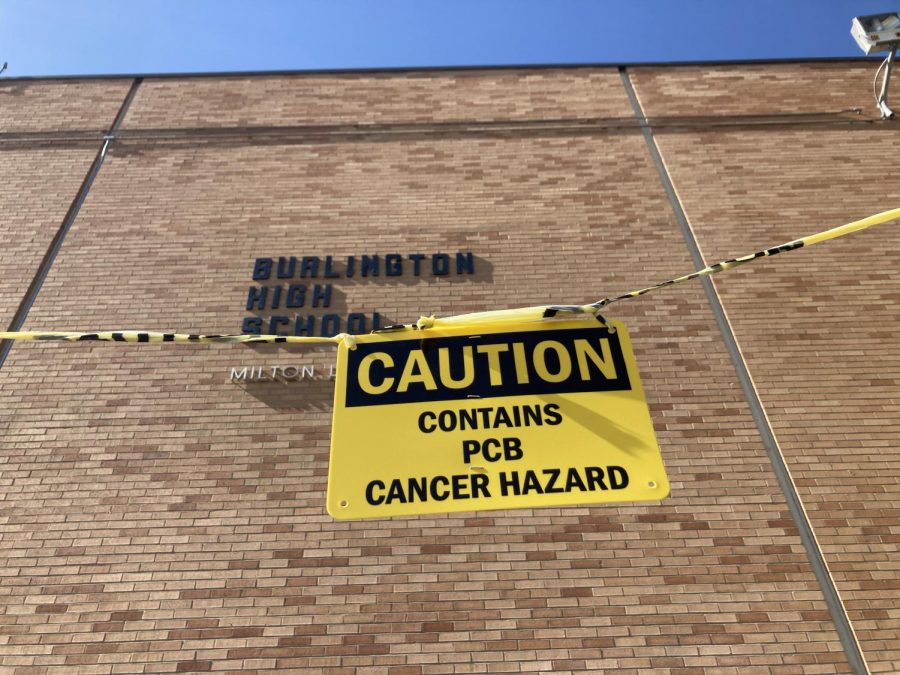


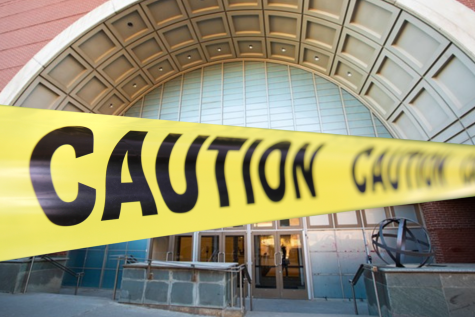
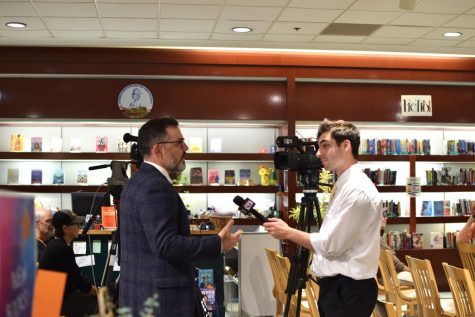
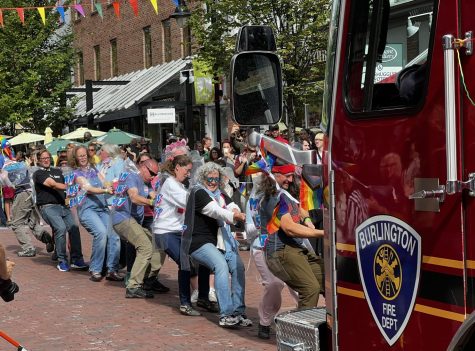

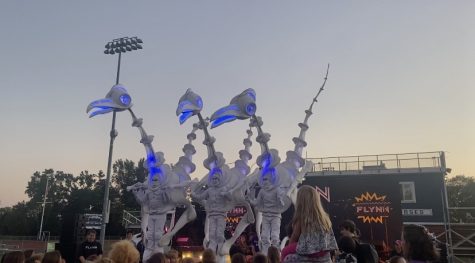



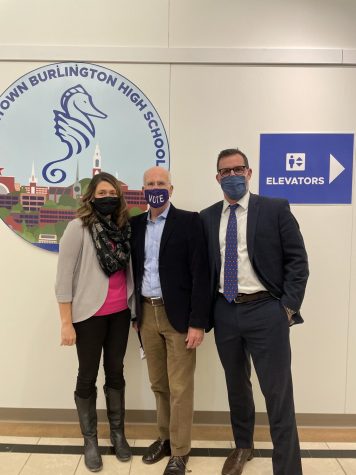

Dan Kraft • Apr 26, 2021 at 10:45 pm
Just curious. What are the PCB levels that were found and in what materials? Was the concrete flooring installed with PCBs or were areas of the floor contaminated by spills from leaking PCB containing light ballasts or other sources? (I’m retired but managed the EPA Region 2 PCB compliance/enforcement program from 1977-2010.
Kathy Gutting • Mar 23, 2021 at 8:05 pm
What about all the kids who attended school there all those years